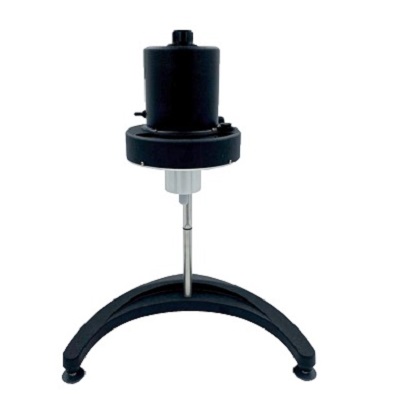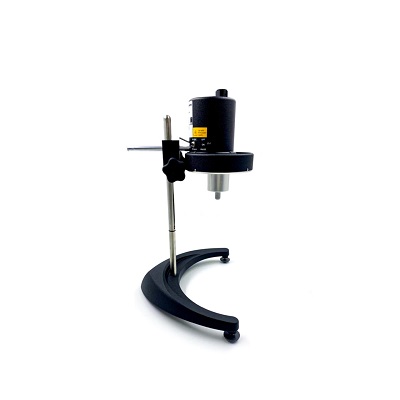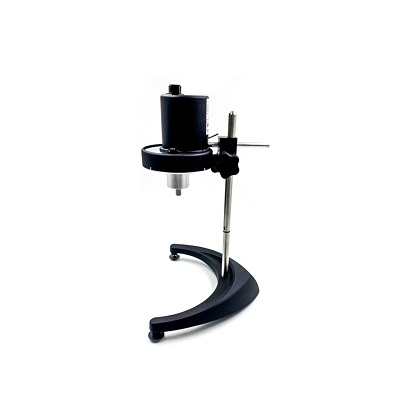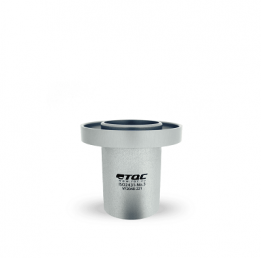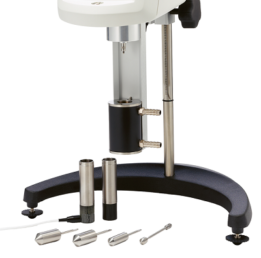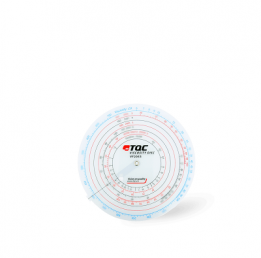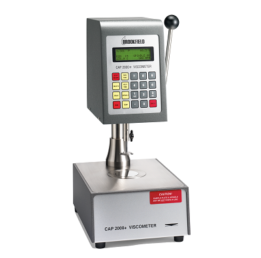The Original Standard in Viscosity Measurement Since 1934
The Dial Reading Viscometer by Brookfield has been a trusted lab standard worldwide since its inception in 1934. The latest models have been upgraded with a multi-speed electronic drive and an ergonomically designed speed control knob, making the selection of any one of the 10 pre-set speeds (8 speeds on LVT models) quick and easy. This direct drive design offers extremely quiet operation, increased versatility, and compatibility with global power sources, ensuring reliable performance across diverse applications.
KEY FEATURES:
- Continuous torque sensing capability: Provides real-time torque measurements, ensuring accurate and consistent data throughout your tests.
- High Torque Measurement Accuracy: Achieve precision with a torque measurement accuracy of 1% of the full-scale range, delivering reliable results every time.
- Exceptional Repeatability: Benefit from a repeatability of 0.2% of the full-scale range, ensuring consistent performance across multiple tests.
- Easy Speed Adjustment and On/Off Control: Simplify operation with straightforward speed adjustments and convenient on/off controls, making it easy to tailor settings to your specific needs.
- Compatibility with All Brookfield Accessories: Enjoy versatility with full compatibility across the Brookfield accessory range, enhancing the instrument’s functionality.
- NIST Traceable Viscosity Standards Available: Ensure your measurements are accurate and compliant with industry standards, with viscosity standards traceable to NIST.
- Quiet, Reliable Operation: The electronic drive system guarantees quiet and dependable operation, minimizing disruptions in your workspace.
- Traditional Brookfield Quality: Trust in the long-standing reputation of Brookfield instruments, known for their durability and superior performance.
TORQUE RANGE AND EXPLANATIONS:
- LV (Low Viscosity): Ideal for low viscosity materials such as inks, oils, and solvents.
- RV (Medium Viscosity): Suitable for medium viscosity materials like creams, foods, and paints.
- HA (High Viscosity): Designed for higher viscosity materials including gels, chocolate, and epoxies.
- HB (Very High Viscosity): Best for very high viscosity materials such as asphalt, caulking compounds, and molasses.
SPECFICATIONS:
- LVT Model:
- Viscosity Range: 1 cP † to 2M cP (mPa·s)
- RPM Range: 0.3 – 60
- Number of Speed Increments: 8
- RVT Model:
- Viscosity Range: 100 cP †† to 8M cP (mPa·s)
- RPM Range: 0.5 – 100
- Number of Speed Increments: 10
- HAT Model:
- Viscosity Range: 200 cP †† to 16M cP (mPa·s)
- RPM Range: 0.5 – 100
- Number of Speed Increments: 10
- HBT Model:
- Viscosity Range: 800 cP †† to 64M cP (mPa·s)
- RPM Range: 0.5 – 100
- Number of Speed Increments: 10
Spring Torque
- LVT Model:
- Dyne-cm: 673.7
- Milli Newton-m: 0.0673
- RVT Model:
- Dyne-cm: 7,187.0
- Milli Newton-m: 0.7187
- HAT Model:
- Dyne-cm: 14,374.0
- Milli Newton-m: 1.4374
- HBT Model:
- Dyne-cm: 57,496.0
- Milli Newton-m: 5.7496
Notes:
- † 1 cP achieved with UL Adapter accessory. 15 cP on LVT with standard spindles.
- †† Minimum viscosity is achieved with optional RV/HA/HB spindle.
- M = 1 million cP (Centipoise); mPa·s = Millipascal·seconds
- B = 1 billion
WHY CHOOSE DIAL READING VISCOMETER?
- Simplicity and Reliability: The Dial Reading Viscometer is easy to use with a straightforward setup process, making it ideal for both routine testing and specialized applications.
- Proven Performance: Trusted by laboratories around the world for nearly a century, it remains the go-to choice for reliable viscosity measurement.
- Versatile Testing Options: With a wide range of compatible accessories, the Dial Reading Viscometer can be customized to meet the specific needs of various industries.
-
WHAT’S INCLUDED –
- Instrument: Dial Reading Viscometer
- Spindles: 6 spindles (RV/HA/HB) or 4 spindles (LV)
- Spindle Guard Leg*: Stabilizes the spindle during viscosity assessments
- Lab Stand: Model G for stable testing
- Carrying Case: For easy transport and protection of the instrument
*Not applicable to HA or HB models
